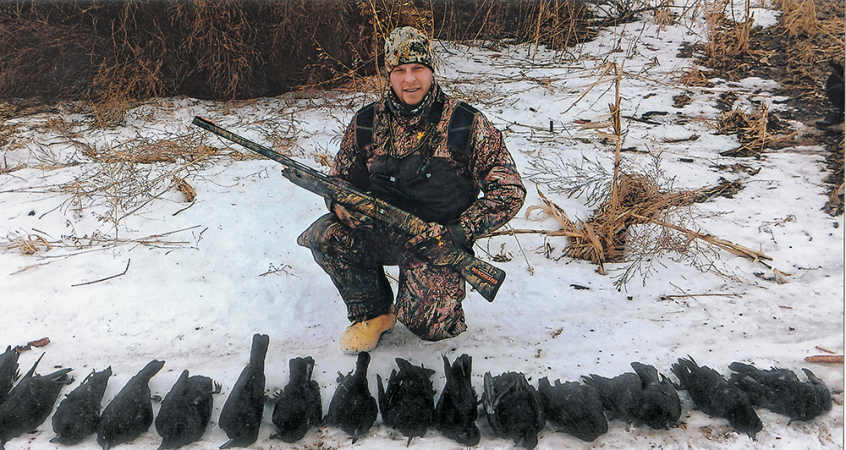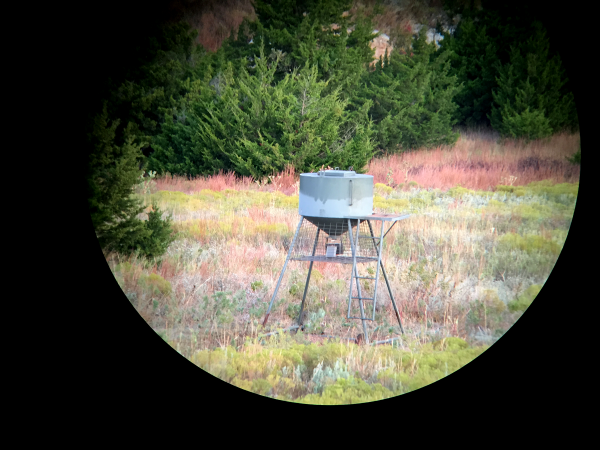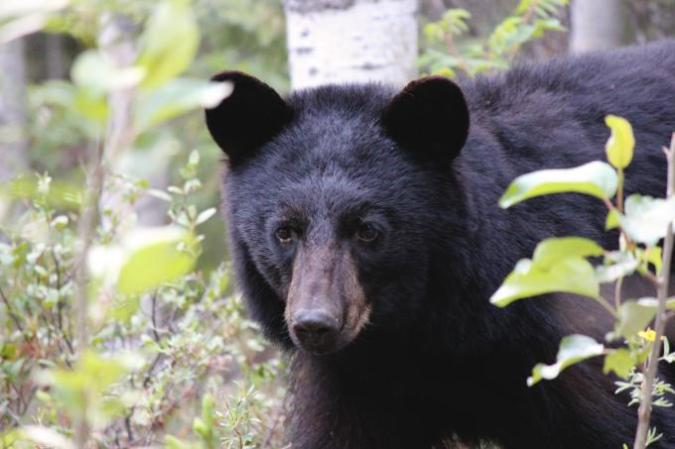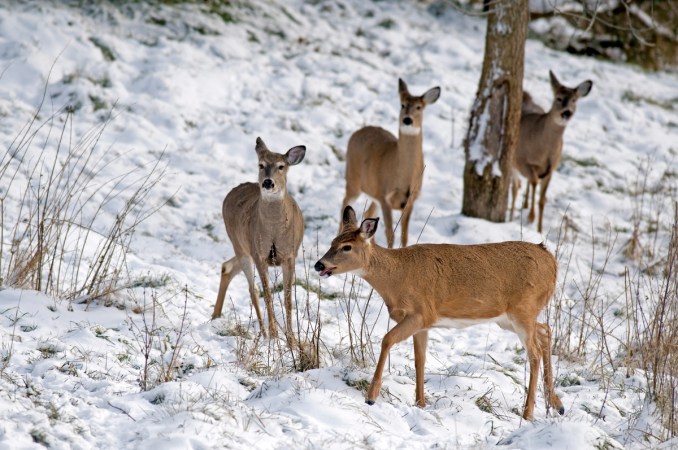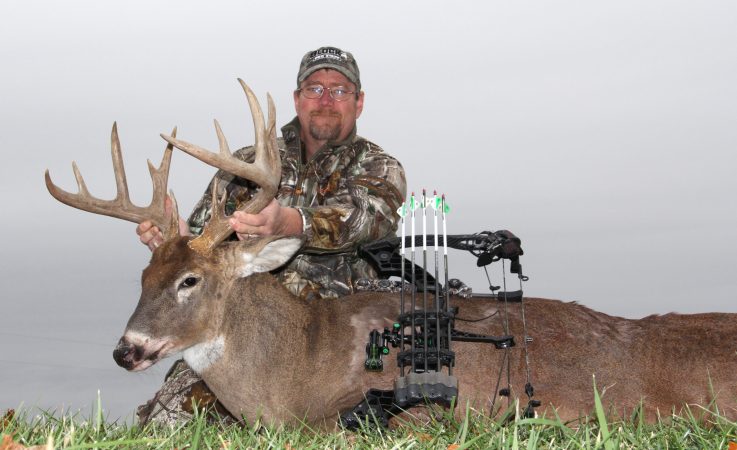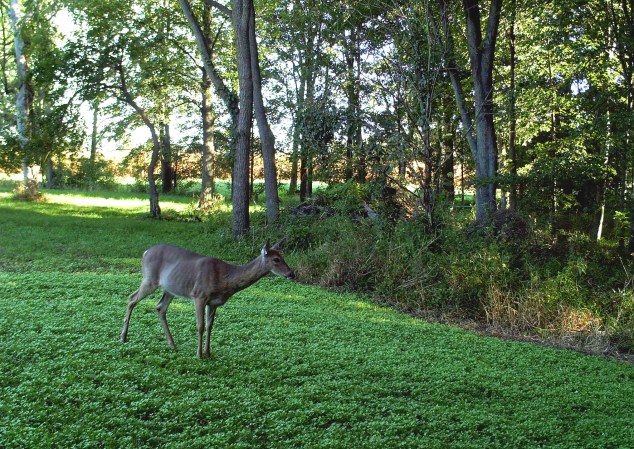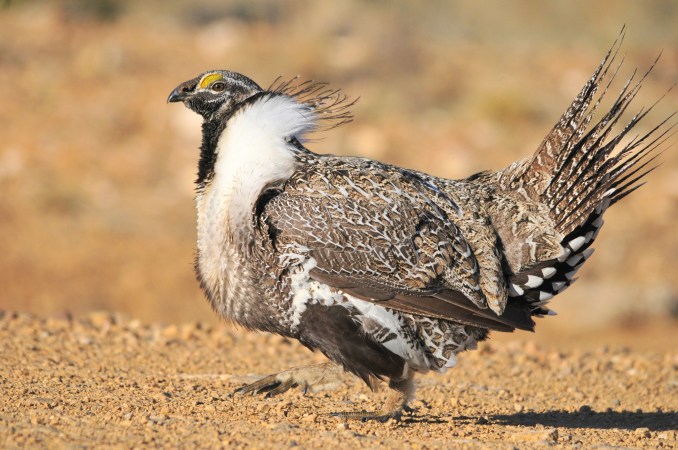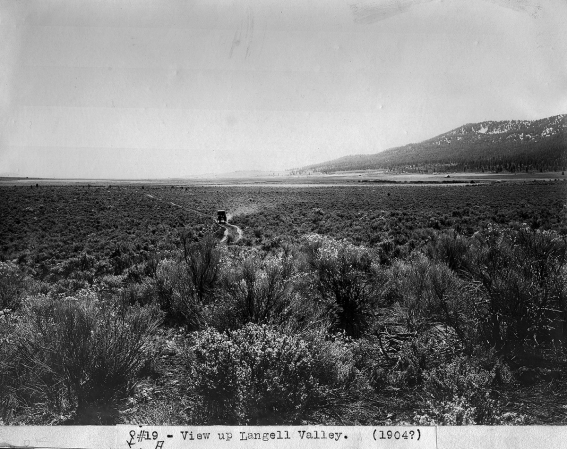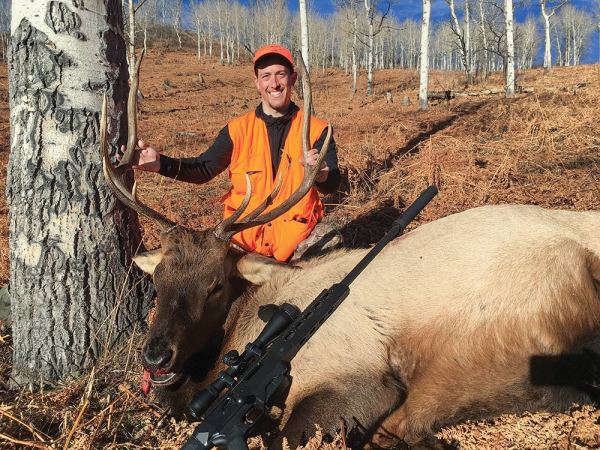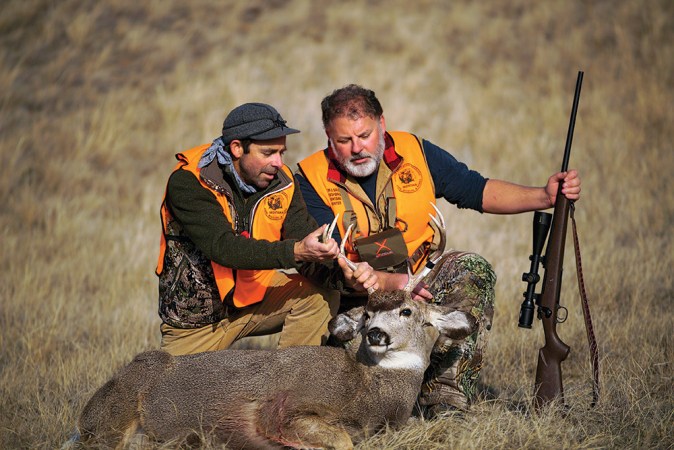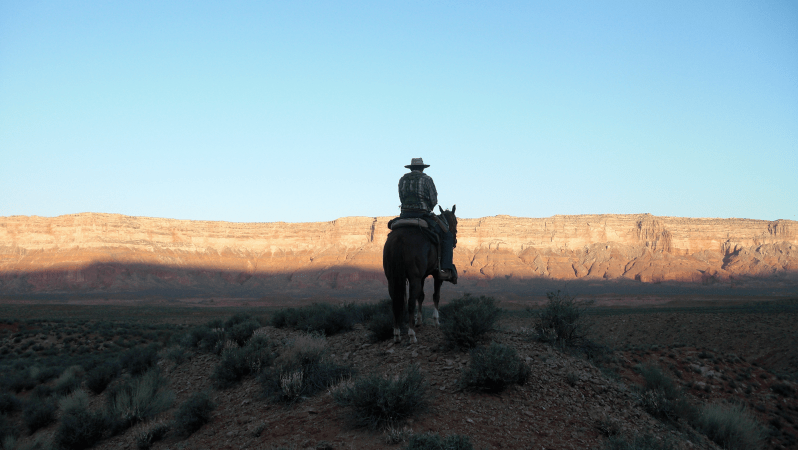Wildlife officials recently confirmed the presence of a deadly virus in California’s San Joaquin River National Wildlife Refuge. A riparian brush rabbit that was found dead inside the refuge tested positive for Rabbit Hemorrhagic Disease Virus 2 (RHDV2) on May 20, according to veterinary staff with the California Department of Fish and Wildlife (CDFW). The virus is known to affect both wild and domestic rabbit populations.
“This is a discovery we hoped would never occur,” CDFW Senior Wildlife Veterinarian Dr. Deana Clifford said last week. “We are in the very early stages of understanding the impacts to the species now that RHDV2 has arrived at the refuge.”
A team of partners, including CDFW, the University of California Davis, and the Oakland Zoo, has been vaccinating riparian brush rabbits in the area since late last summer. The team has successfully vaccinated 638 individuals so far.
“This will be the true test of the effectiveness of our vaccination efforts,” says Kim Forrest, USFWS San Luis National Wildlife Refuge Complex Manager.
California wildlife officials are currently using a French manufactured RHDV2 vaccine that has proven effective in domestic populations. But last fall, a lab in South Dakota developed a new version of the vaccine, which was given emergency use authorization by the United States Department of Agriculture. The Medgene Labs vaccine is currently available in 43 states, including California.
Riparian brush rabbits are a species of cottontail that can only be found in three California counties, including Stanislaus County, where the San Joaquin River NWR is located. Accordingly, the species is listed as endangered under the Endangered Species Act.
Although the deadly virus has only recently been detected in wild brush rabbits, several outbreaks have occurred in the Southwest over the past few years.
The first reports of the virus in the United States came from a population of domestic rabbits in New Mexico in early 2020. The virus has now reached 11 states, including New Mexico, Arizona, Texas, and Colorado, according to the USDA.
California’s first case of RHDV2 was confirmed in May 2020, when officials detected the virus in a wild black-tailed jackrabbit that was collected from a group of 10 dead rabbits near Palm Springs. Since then, the outbreak has reached domestic rabbit populations in at least 13 California counties. Nine counties, including Stanislaus County, have also confirmed the virus’ presence in wild rabbit populations.
Read Next: The Deer Plague: An Inside Look at the Fight to Stop Chronic Wasting Disease
RHDV2 is a highly contagious disease. Infection is fatal in most cases, and many infected rabbits have been found dead with blood coming from their nose and mouth. Experts believe the virus can occur in any lagomorph species, including rabbits, hares, jackrabbits, and pikas.
For California hunters targeting cottontails, hares, and jackrabbits, CDFW officials recommend not hunting in areas that have recently documented RHDV2 outbreaks or appear to contain sick animals. Wildlife agencies also recommend not eating the meat of any rabbits that appear ill or infected.
Transmission of the virus can occur through contact with infected individuals, animals, or materials that encounter the infected rabbit. As a result, officials recommend taking extra precautions when field-dressing rabbits, including cleaning all your gear, wearing gloves, and burying remains deep enough to prevent scavenging.
The virus only infects rabbits and is not known to affect humans, livestock, or other animal species.

